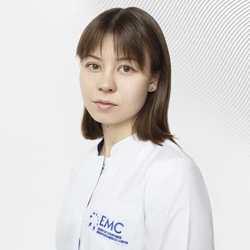Spinal injury
Treatment and rehabilitation of patients with spinal cord injuries
Causes of spinal cord injury
Signs of spinal cord injury
Assessment of the severity and nature of spinal cord injuries
Recovery forecast
Walking recovery
Restoration of pelvic organ functions
Multidisciplinary approach
Treatment and rehabilitation of patients with spinal cord injuries
- The whole range of care for patients with severe spinal cord injuries after injuries and diseases
- Neurosurgical operations of any complexity
- Rehabilitation treatment in a modern rehabilitation center
- Highly qualified doctors with experience in rehabilitation clinics in the USA, Europe, Israel
Causes of spinal cord injury
Spinal cord injuries can be traumatic and non-traumatic. Traumatic spinal cord injuries occur as a result of car accidents, falls, and sports injuries. Causes of non-traumatic spinal cord injury:
- Oncological diseases (primary tumors of the spine and spinal cord, metastases)
- Tuberculosis and other infectious diseases
- Spondylitis is an inflammatory disease of the spine
- Vascular pathologies and herniated discs
- Surgical procedures
- Epidural abscess and spinal canal stenosis
Signs of spinal cord injury
In spinal cord injury, there are two main phases of symptom development: spinal shock and increased reflex activity. At the stage of spinal shock, there is a complete loss of sensitivity below the level of damage, and urinary retention. The duration of the shock depends on the severity of the injury. After 2-3 weeks after the injury, the bladder function is partially restored.
Assessment of the severity and nature of spinal cord injuries
The spinal cord injury severity scale developed by the International Medical Society of Paraplegia (paraplegia is paralysis of both upper or lower extremities) and the American Spinal Injury Association is used to assess the degree of spinal cord injury and predict recovery. There are several damage groups:
- Group A is characterized by complete spinal cord injury: motor functions below the level of injury are completely suppressed, and sensitivity in the anal region is completely absent;
- Group B is characterized by incomplete damage: there is no motor function below the level of damage, while sensitivity remains;
- Group C — the spinal cord is partially damaged: movements below the affected area are preserved with muscle strength at a level of less than 3 points.
- In group D, there is a partial spinal cord injury, motor functions below the lesion level are preserved at the level of 3 or more points;
- In group E, the spinal cord functions normally, motor and sensory functions are not impaired.
Recovery forecast
If the spinal cord is partially damaged, patients recover by at least one step on the ASIA scale. According to the results of observations, up to 70-80% of patients with partial spinal cord injury achieved significant improvement as a result of rehabilitation measures. With complete damage, the improvements are either insignificant or do not occur at all.
Patients with spinal cord injuries are at risk of complications caused by immobility, so rehabilitation measures should be carried out from the first days after injury or surgery. The most common complications are:
- urinary incontinence, urinary tract infection
- pressure sores
- autonomic dysreflexia (high blood pressure, rapid or slow heartbeat, arrhythmias, profuse sweating, blurred vision)
- pneumonia
- static, deep vein thrombosis, neuropathic pain
Experts identify several stages in patients with spinal cord injuries:
- Acute period (lasts 2-3 days) — spinal shock and complete loss of sensitivity below the affected area;
- Early period phase (lasts 2-3 weeks) — partial restoration of lost functions;
- The intermediate phase (lasts 1-4 months) — only at this stage it is possible to assess the true nature of the damage;
- The recovery stage lasts more than 4 months.
- Late recovery period — lasts more than 3 years.
Walking recovery
Restoring the ability to walk independently is one of the priority tasks of rehabilitation of patients with spinal injuries. At the earliest stage of recovery, we use a robotic system to restore walking ReoAmbulator. Despite the fact that the patient cannot stand on his own, due to weight relief and the use of robotic orthoses, the installation allows you to train the correct walking pattern already at this stage. As soon as the strength in the legs is restored so that the patient can stand on his own, rehabilitation continues on the AlterG anti-gravity walking track. Thanks to weight relief and a biofeedback system, this simulator provides the next stage of training the correct walking pattern.
The BIONESS VECTOR rehabilitation system is used for the rehabilitation of patients with severe motor disorders. The system gives the patient complete freedom of movement, while ensuring his safety by controlling body position.
If the spinal cord is completely severed at any level, the part of the body located below the site of injury or neurosurgery will forever remain completely paralyzed. In such cases, the main goal of rehabilitation is the adaptation of the patient and his family to an existing motor defect, professional psychological support in a situation that has radically changed the life of the patient and his environment, occupational therapy rehabilitation – training in household skills and self–service techniques. If the patient has to move in a chair, the occupational therapist and the social worker will examine the accessibility of the environment for the patient at home and in the workplace and give recommendations on its adaptation.
Restoration of pelvic organ functions
To choose an adequate method of rehabilitation of urination and defecation, it is necessary to timely assess the state of the pelvic organs and pelvic floor muscles. A neurologist conducts an appointment at the rehabilitation center, who conducts an objective functional examination using the Triton urodynamic unit.
Multidisciplinary approach
A team of professionals, including rehabilitologists, physical therapy instructors, psychologists, and occupational therapists, works with the patient at the EMC Rehabilitation Center. If necessary, any specialists from EMC departments are involved. Through a multidisciplinary approach, we help patients return to an active and fulfilling life.
Make an appointment for a consultation and we will contact you for more details
Why the EMC
The first and only clinic in Russia, created in the image of the world's leading clinics
EMC is a multidisciplinary center offering patients a high level of medical services and a personalized approach
600
world-renowned doctors
57
treatment directions
36
years take care of your health
24/7
we work at any convenient time
Worldwide recognition and awards
Our achievements have been confirmed by prestigious international awards
 Learn more
Learn more
Worldwide recognition and awards
We work according to international standards, we have licenses and certificates
 Certificates and licenses
Certificates and licenses
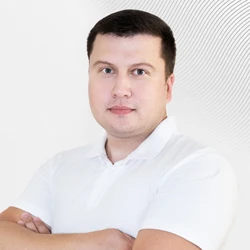
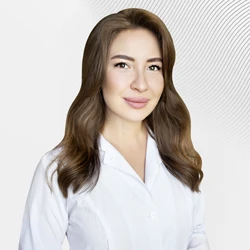
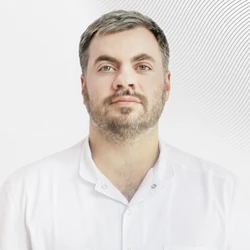

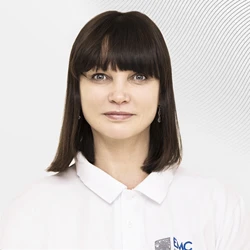

.webp)
.webp)
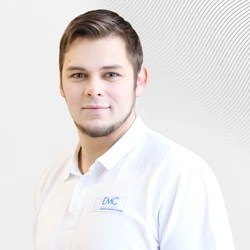
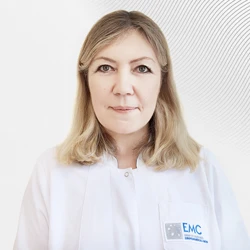
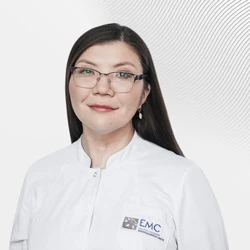
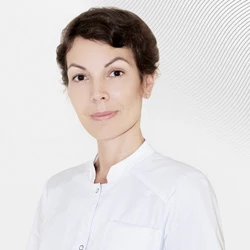

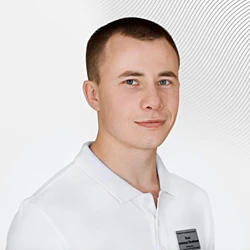

.webp)
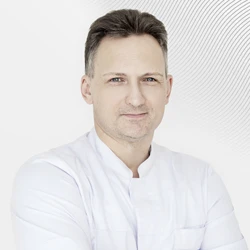
.webp)
